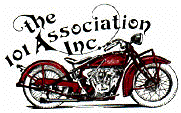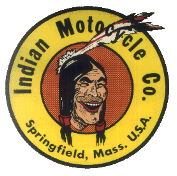A good choice is Heavy machinery or Marine grease with a lot of stickiness, rust inhibitors and water repellant for the bearings. In the hubs inevitably it will be some condensation moisture and head bearings are semi open to the enviroment. (Smear the inside of hubs and axles with a coat of grease)
For the front links and really most all other grease points on the 101 it is steel shaft against steel bushes and that has different requirements compared to bearings. Extreme pressure (EP) performance is needed for the vibrations and slow movement in those joints. Some solid lubricant innit will protect even if the oil film breaks down.
Here's an example that might suit both requirements, but molybden and graphite -damn good but damn dirty and will soil everything.
http://www.skf.com/group/products/lubrication-solutions/lubricants/high-viscosity-grease-with-solid-lubricants/index.html
Here's a yellow/amber variant that is particular good for false brinelling that is an issue in Indian head bearings and ball bearing hubs, but also has EP performance.
http://www.skf.com/group/products/lubrication-solutions/lubricants/wind-turbine-blade-and-yaw-grease/index.html


